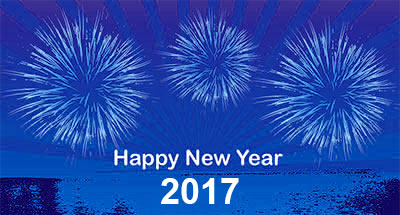
When did New Year's resolutions start?
Religious origins: The Babylonians made promises to their gods at the start of each year that they would return borrowed objects and pay their debts. The Romans began each year by making promises to the god Janus, for whom the month of January is named.
How long does the average person keep their New Year's resolution?
Surprisingly, 75% of resolutions will be continued through the entire first week of January, but only 46% make it past six months. University of Scranton also stated that 39% of people in their twenties will achieve their resolution each year while only 14% of people over 50 years of age will achieve theirs.
When did New Year's become a holiday?
In 1903, the Bank Holiday (Ireland) Act added 17 March, Saint Patrick's Day, as a bank holiday for Ireland only. New Year's Day did not become a bank holiday in England until 1 January 1974. Around the start of the 1900s, New Year's Eve celebrations in America started to appear. The first Ball drop in Times Square was held in 1907. Around the same time, special events to welcome the New Year started to be organized on January 1.
News Years Resolution Statistics | Data |
Percent of Americans who usually make New Year's Resolutions | 45 % |
Percent of Americans who infrequently make New Year's Resolutions | 17 % |
Percent of Americans who absolutely never make New Year's Resolutions | 38 % |
Percent of people who are successful in achieving their resolution | 8 % |
Percent who have infrequent success | 49 % |
Percent who never succeed and fail on their resolution each year | 24 % |
People who explicitly make resolutions are 10 times more likely to attain their goals than people who don't explicitly make resolutions | |
Toasts typically concern gratefulness for the past year’s blessings, hope and luck or the future, and thanking guests for their New Year’s company. In coastal regions, running into a body of water or splashing water on one another, symbolizing the cleansing, “rebirth” theme associated with the holiday.
New Year’s Song
The song, “Auld Lang Syne,” is sung at the stroke of midnight in almost every English-speaking country in the world to bring in the new year. At least partially written by Robert Burns in the 1700’s, it was first published in 1796 after Burns’ death. Early variations of the song were sung prior to 1700 and inspired Burns to produce the modern rendition. An old Scottish tune, “Auld Lang Syne” literally means “old long ago,” or simply, “the good old days.” The lyrics can be found here.